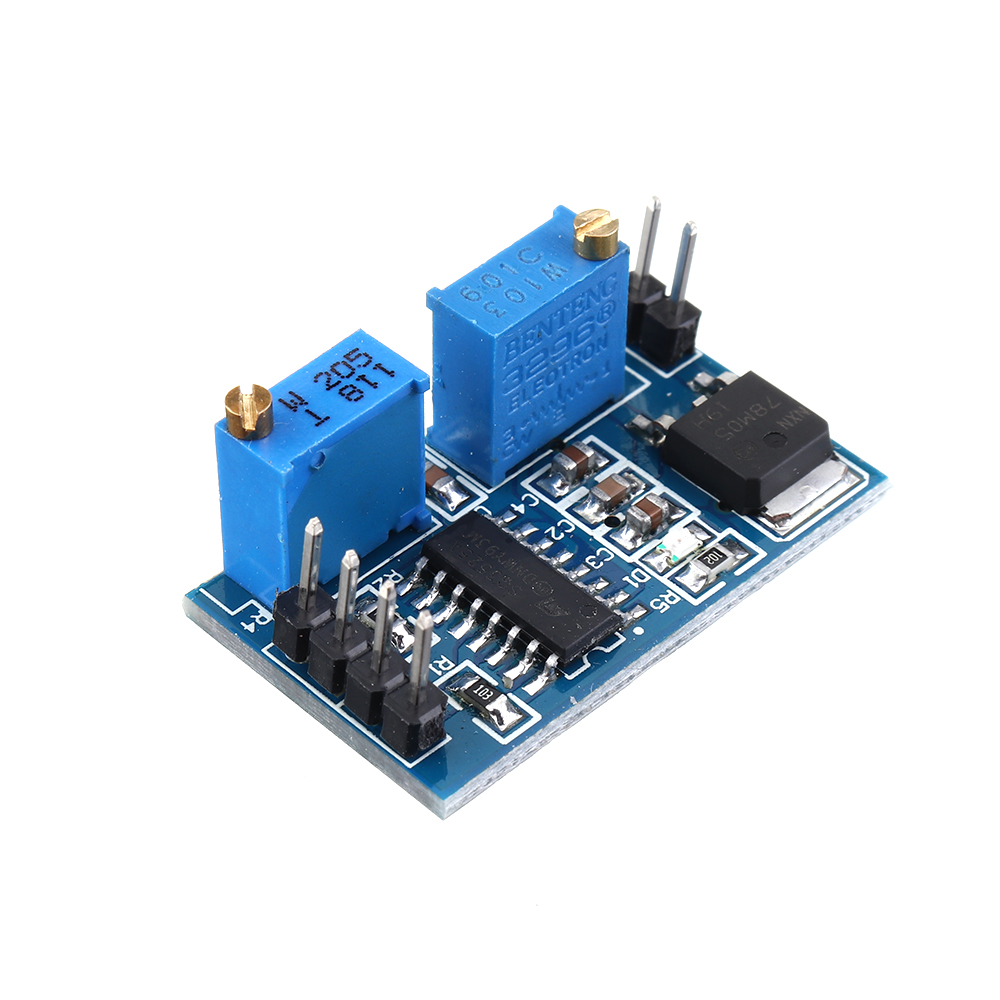

Pin#4 (DTC): It's the input of the internal op amp which controls the dead-time operation of the IC.Pin#6 (RT): This pin needs to be connected with an external resistor for setting the oscillator frequency.Pin#5 (CT): This pin needs to be connected with an external capacitor for setting the oscillator frequency.Pin#8 and Pin#11 (C1, C2): These are the outputs 1 and 2 of the IC which connect with the collectors of the respective internal transistors.Pin#16, Pin#15 (1 IN+ and 1IN-) : As above these are the non-inverting and inverting inputs of the error amplifier (op amp 2).Pin#1 and Pin#2 (1 IN+ and 1IN-) : These are the non-inverting and inverting inputs of the error amplifier (op amp 1).The following diagram and explanation provide us the basic information regarding the pin function for the IC TL494. The internal circuitry makes it impossible for any of the outputs to produce a double pulse, while the IC is wired in the push-pull function. The device allows the user to get either a push-pull type or a single ended oscillation across its output pins by appropriately configuring pin#13, which is the output-control function pin. The output transistors inside the chip having floating outputs are arranged to deliver either a common-emitter output or a emitter-follower output facility. This facility also allows driving many TL494 ICs synchronously having different power supply rails. The on chip oscillator function can be overridden by connecting the RT pin#14 of the IC with reference pin#14, and by externally providing a sawtooth signal to the CT pin#5. The dead time control comparator is set with a fixed offset value for delivering a constant 5% dead time approximately. The error amplifiers feature a common mode voltage range from - 0.3 V to VCC - 2V. The device comes with an in-built variable oscillator, a dead-time controller stage (DTC), a flip flop control for pulse-steering, a precision 5 V regulator, two error amps, and some output buffer circuits. The device is mainly created for power supply control circuits, which can be efficiently dimensioned using this IC. The IC TL494 is specifically designed for single chip pulse width modulation application circuits.


 0 kommentar(er)
0 kommentar(er)
